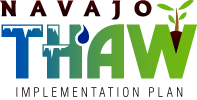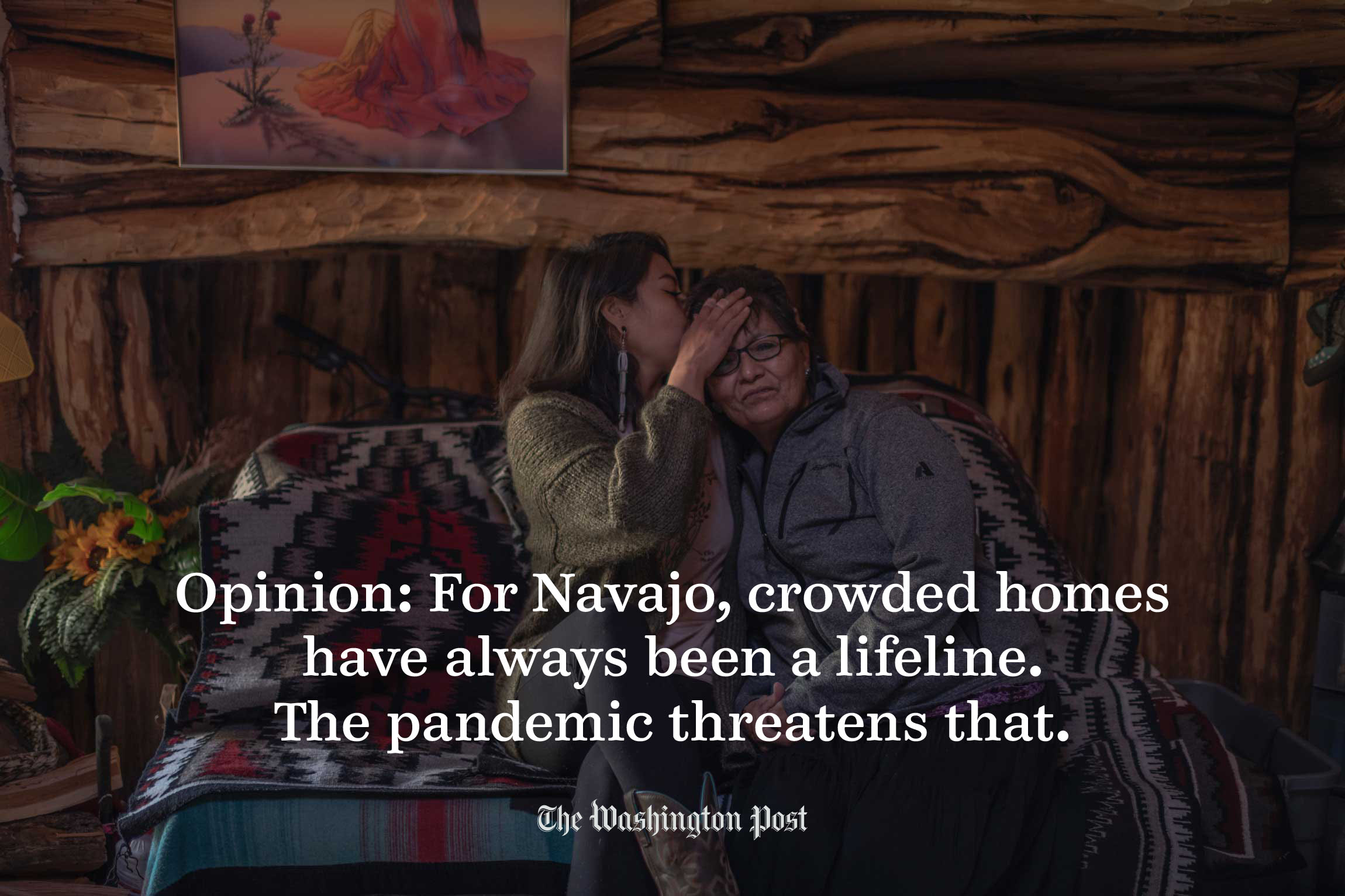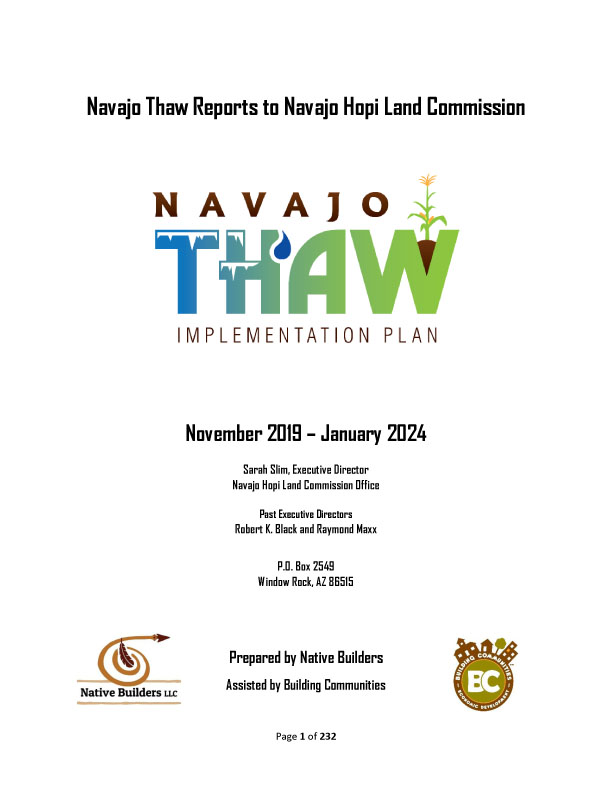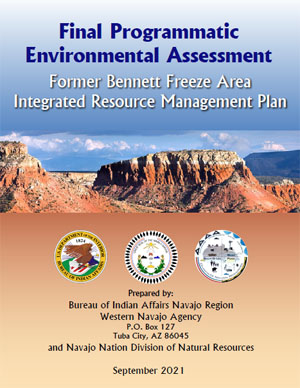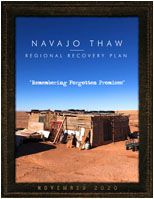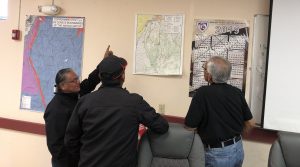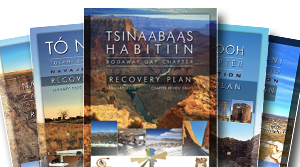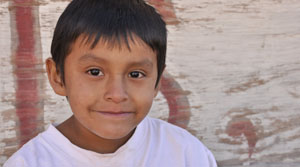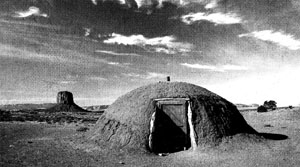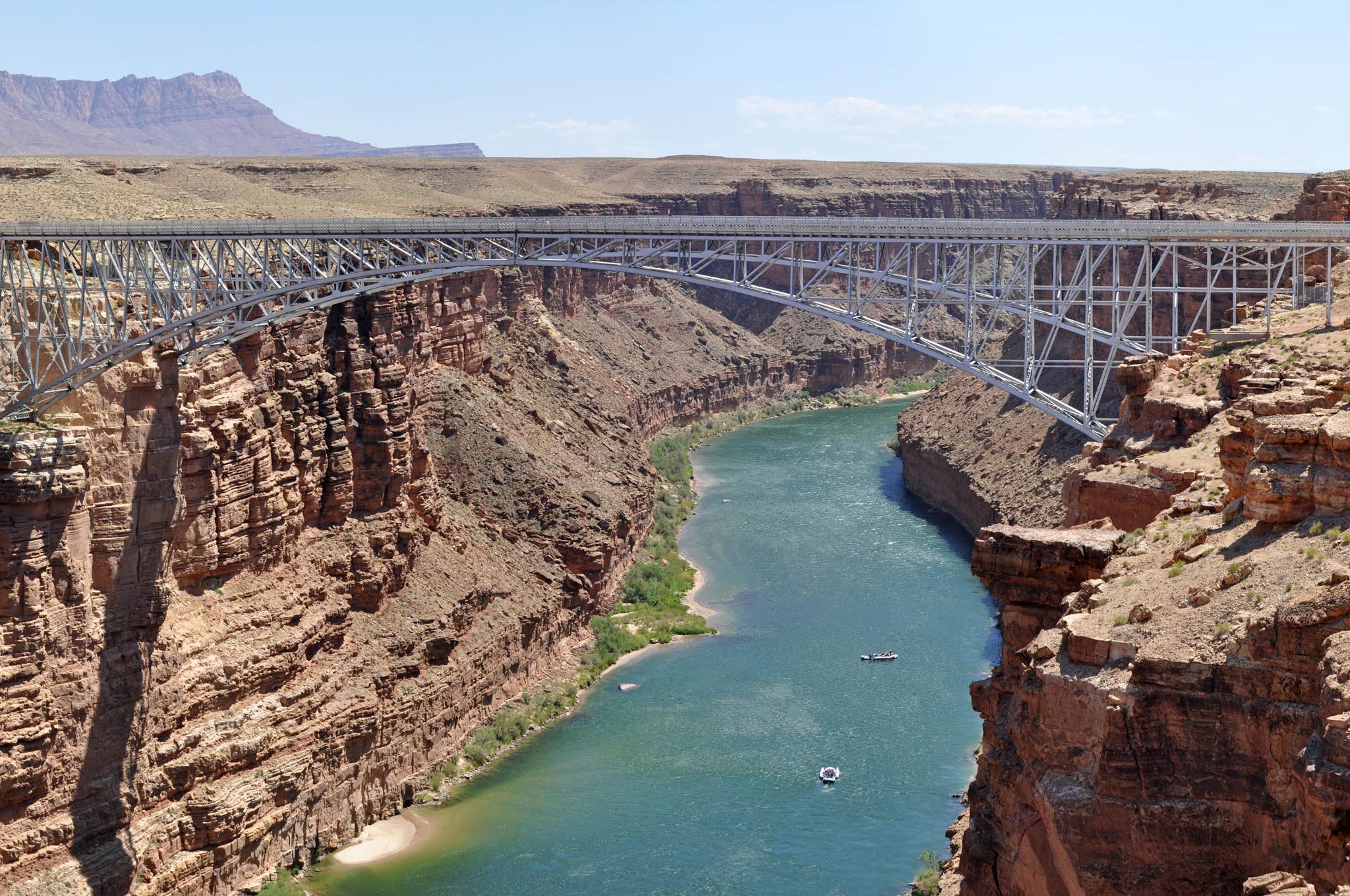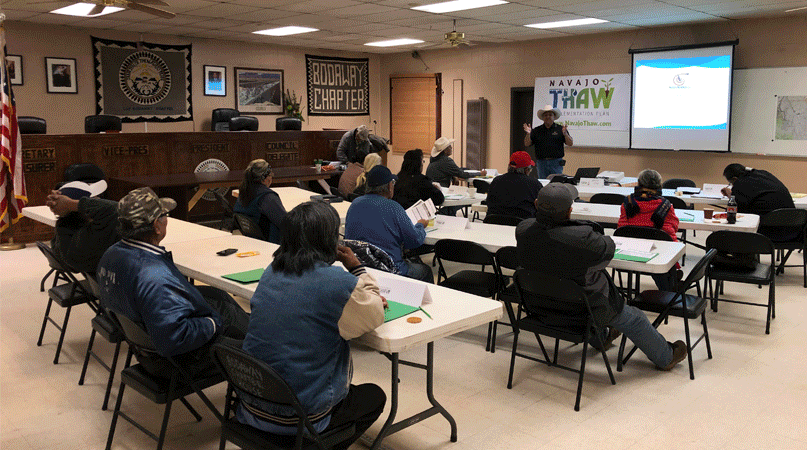A summary of the recently held Relocation Summit will be posted on this website in the coming weeks.
The Bennett Freeze represents one of the most tragic eras in United States/Navajo Nation history. This period, which officially extended from 1966-2006 and, in effect, still continues until this day, froze development and maintenance activity on 1.5 million acres of land affecting 20,000 people. Today, the Navajo Nation has a plan—an investment strategy—to partner with the federal government to finally address these impacts which have resulted in intergenerational trauma for the largest Indian Nation in the United States.
 This three phase plan substantiates an investment of $4 billion over three phases. Phase 1, 2023-2024, calls for a federal appropriation of 5% of this amount to construct “immediate recovery projects” and to fully analyze the Phase 2 and Phase 3 projects.
This three phase plan substantiates an investment of $4 billion over three phases. Phase 1, 2023-2024, calls for a federal appropriation of 5% of this amount to construct “immediate recovery projects” and to fully analyze the Phase 2 and Phase 3 projects.
The plan also calls for the repurposing of a federal office, expanding its mission from relocation to recovery.
The Navajo Thaw does not represent a hand-out, but rather it is asking for a hand up. That is, the Navajo Nation and the people of the impacted areas are doing their part to implement the Regional and Chapter plans with the resources that they have and the grants that they can pursue.
Already, the Navajo Thaw is experiencing many successes based on the grass-roots efforts that are underway.
Thomas Tso founded the Navajo Thaw. We dedicate our efforts to the memory of Thomas Tso, Colbert Dayzie and Darrell Tso.
